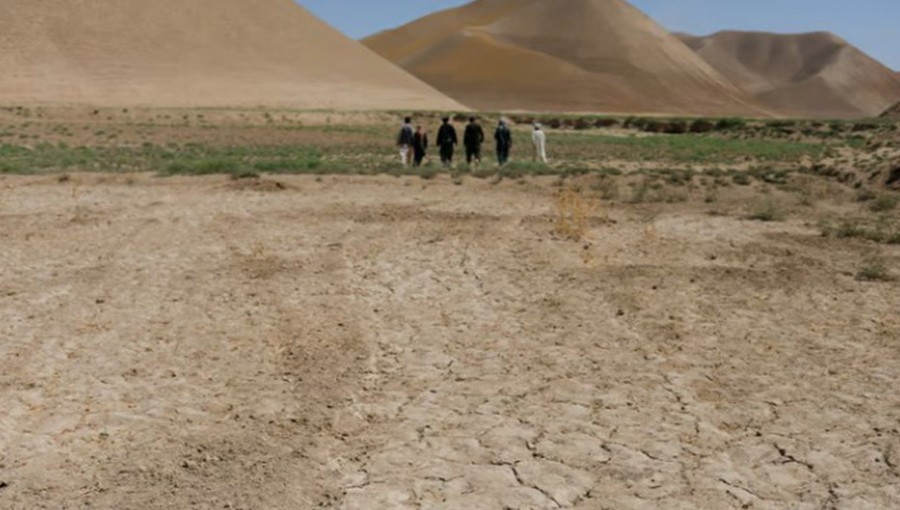In 2023, the World Meteorological Organisation (WMO) released a study titled "The State of the Climate in Asia," which said that the region had the largest number of natural catastrophes globally previous year, mostly caused by climate-related phenomena including storms and floods.
Unsettling patterns were found in the research, suggesting that Asia is warming more quickly than the world as a whole. The continental temperature rose by around 2 degrees Celsius in 2023 alone, compared to the average temperature between 1961 and 1990.
Many weather extremes were seen throughout Asian countries at the time the report was produced. Countries like Bangladesh and India were hit by heatwaves, and China and Pakistan had to deal with destructive floods brought on by excessive rainfall. As a result of the intense rains in China's Guangdong region, around one lakh people had to be evacuated to safety. Sadly, there were at least four confirmed deaths.
Both the Afghan and Pakistani governments proclaimed states of emergency in the impacted areas after intense rains and flash floods left over 100 people dead in those countries.
The head of the WMO, Celeste Saulo, emphasised that 2023 was the warmest year on record for several Asian nations, with extreme weather events including heatwaves, droughts, floods, and storms becoming more frequent. She stressed that both the frequency and the intensity of these disasters have increased due to climate change.
According to the research, 79 weather-related disasters involving water happened across Asia in the previous year, with storms and floods being responsible for almost 80% of these occurrences. With floods being the main cause of death, these calamities impacted at least 9 million people and claimed the lives of over 2,000 people.
The study also highlighted the notable loss of glacier mass in Asia's high mountain areas as a result of record-high temperatures and arid weather. In the Himalayas and the Hindu Kush Mountains of Pakistan and Afghanistan, precipitation in 2023 was below average.
Notably, the WMO research noted that, with the highest temperatures ever recorded from East China to Japan and from Western Siberia to Central Asia, the average temperature in Asia is rising more quickly than the average worldwide.
Urgent and coordinated actions are required to lessen the effects and increase resilience against upcoming challenges brought on by climate change, as Asia continues to bear the weight of rising trends and climatic disasters.
END/V7N/SMA/DK/































Comment: